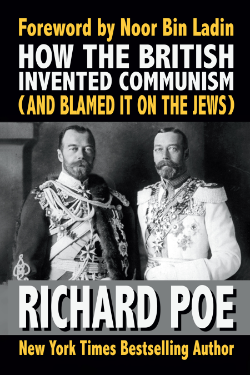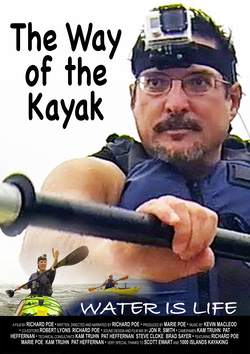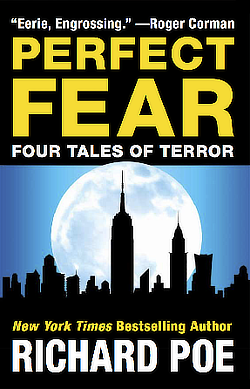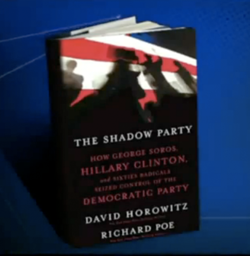The True Story of Thanksgiving
|
by Richard Poe Monday, November 19, 2007 12:00 am Eastern Time |
Archives 1 Comment |
THIS THURSDAY Americans will feast on turkey, pumpkin and other holiday fare, in memory of an event that occurred 386 years ago. Many myths have arisen regarding America’s first Thanksgiving. Some paint the Pilgrims as ruthless conquerors. Others romanticize the Indians as guileless innocents. Neither image is correct. To help set the record straight, I offer this account, based upon firsthand testimony from eyewitnesses.
The good ship Mayflower set sail from Plymouth, England on September 6, 1620, bearing 102 passengers, of whom about 40 were Puritan Separatists seeking religious freedom. The rest were ordinary people in search of a fresh start.
Their destination was Virginia. The Virginia Company of London — a royal franchise of King James I — had chartered the expedition.
Bad weather blew the Mayflower off course. She arrived at Cape Cod on November 11, 1620, after 65 days at sea. Supplies were running low, especially beer, which the colonists drank more than water. They gave up on Virginia and decided to try their luck in the north.
After exploring the coast, they chose an attractive harbor, anchoring there on December 19. Captain John Smith had passed that way years before and named the place Plymouth.
Plymouth lay on Wampanoag land. The Wampanoags belonged to the great Algonquin nation which stretched from Cape Cod to Canada.
The Algonquins were strong people, having honed their battle skills through generations of fighting the Iroquois in the west. However, the English found them in a weakened state. An epidemic had ravaged the region in 1617. Two thirds of the native population had died of an unknown disease probably brought by French fishermen.
The Plymouth colonists saw everywhere the deadly effects of this plague upon the Indians. Governor William Bradford noted that so many died, the living could not bury them. He wrote, "[T]heir skulls and bones were found in many places lying still above ground, where their houses and dwellings had been; a very sad spectacle to behold."
The colonists had their own problems. Having arrived too late in the year to plant crops or build homes, they wintered aboard the Mayflower, where half died of scurvy and other illnesses. Only 53 survivors came ashore in the spring. The Mayflower left them to their fate, sailing for England in April 1621.
In normal times, the Wampanoags probably would have attacked them. But, weakened by plague, the natives had to weigh other options.
The plague had not touched the Narragansett tribe to the southwest. Emboldened by their enemy’s weakness, they began menacing Wampanoag villages. The Wampanoags realized they needed allies.
On March 21, 1621, Chief Massasoit of the Wampanoag visited Plymouth colony with many warriors. He struck a treaty with the English, whereby each agreed to help the other in war. To show his good faith, Massasoit returned some tools which Wampanoag raiders had stolen from the colonists the previous month.
The English too made amends. They had angered the Nausets of Cape Cod by pilfering some of their buried corn supplies. With Massasoit’s help, they now arranged to repay the Nausets for the stolen corn.
Some Wampanoags were less friendly. The Plymouth colonists relied for their negotiations on an English-speaking Indian named Squanto. One day a Wampanoag sachem or chieftain named Corbitant kidnapped Squanto and threatened to kill him.
Captain Miles Standish marched against Corbitant with fourteen armed men, rescuing Squanto and wounding three of Corbitant’s warriors. This show of force impressed local chieftains. The English received, “many gratulations from diverse sachems, and much firmer peace,” Governor Bradford wrote.
Having secured their land, the colonists now gathered their first harvest. The barley crop proved meager and the peas failed completely, but the hardy maize or “Indian Corn” which Squanto had taught them to grow flourished. In a letter to England dated December 11, 1621, Edward Winslow described the ensuing festivities, wherein the colonists feasted on wild “fowle” and fired their weapons for amusement. Winslow wrote:
“Among other recreations, we exercised our arms, many of the Indians coming amongst us, and among the rest their greatest king Massasoit, with some ninety men, whom for three days we entertained and feasted, and they went out and killed five deer, which they brought to the plantation and bestowed upon our governor…”
The friendship which animated that harvest feast of 1621 did not last. English and Wampanoags clashed in a bloody war some 50 years later. But, as long as they lived, Chief Massasoit and Governor William Bradford honored the peace they had made.








See reader comments at FreeRepublic.com:
Posted on 11/21/2007 4:48:42 PM PST